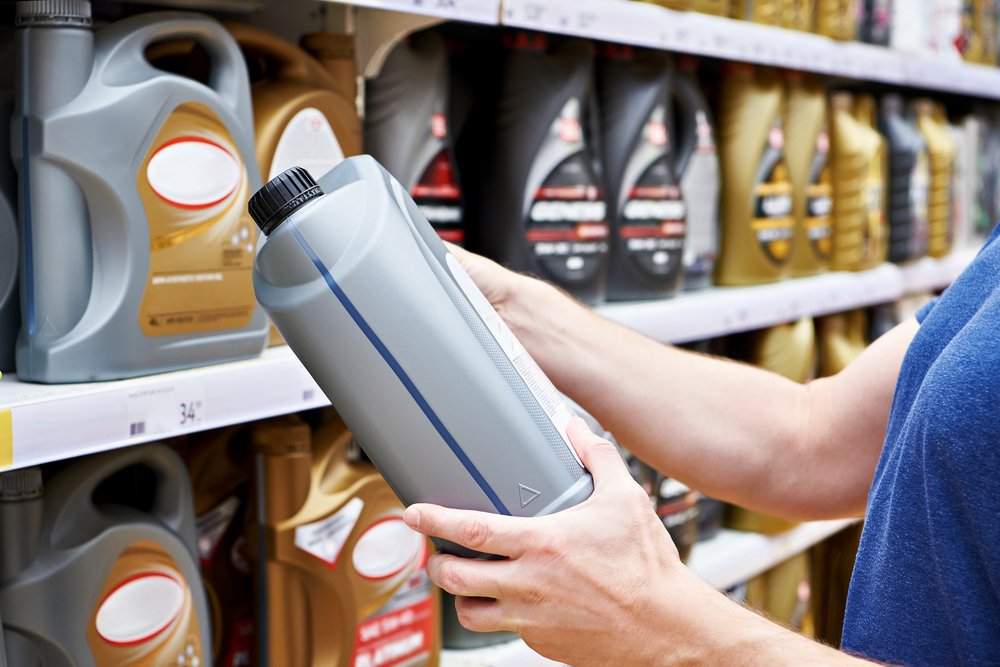
Consumers have changed their buying habits after price increases over the past year amid growing economic concerns, a new report has found.
The EY Future Consumer Index (FCI), a global study surveying 20,000 consumers across 26 countries, found that while private label products are increasingly recognized as money savers, 55 per cent of those who try private label switch back to brands, nearly half (48 per cent) of them for better quality, taste or performance.
Changing values
With inflationary pressures continuing to shape buying behaviour, consumers aren’t just buying labels anymore. Consumers prioritize price and quality over brand familiarity. Established brands can no longer reduce pack size or raise prices without facing scrutiny.
As consumers carefully evaluate price, value and pack size, they are also rethinking the role brands play in their lives. This shift is particularly evident across generations, as older and younger consumers change how and where they purchase products. More than half (56 per cent) of older consumers (Gen X and baby boomers) shop at discount retailers, warehouse clubs or supermarkets, compared with 44 per cent of younger consumers (Gen Z and millennials).
“Retailers have always dealt with varying degrees of geopolitical uncertainty, inflation and supply chain disruptions, but what’s different now more than ever is the acute ability to measure their connection with consumers and how these external influences are impacting their day-to-day buying habits,” said Mark Chambers, EY Americas retail sector leader. “We’ve observed the changing expectations of more value-conscious consumers, and retailers need to keep pace by evaluating and leveraging a mix of the tools available to them like pricing strategies, customer intelligence platforms, and inventory optimization.”
Adapt and demonstrate value
The adoption of private label continues to increase with 76 per cent of consumers now say private labels are helping them save money (a 9 percentage point increase compared with September 2023).
The report noted a shift occurring as consumers prioritize product quality and value over brand names. Seventy-two per cent of consumers believe private-label products satisfy their needs just as much as brands, showing that competition now goes beyond established brands.
Of the consumers making the switch, 63 per cent have seen price increases of private label options at their preferred stores.
The report noted that retailers must continually refine price and product packages that balance affordability and bulk options for their customers as consumers look for deals.
Defending brand loyalty
Despite the increase in private label adoption, the report noted that 55 per cent of shoppers are switching back to branded options after trying a private label. Consumers prefer brands for their superior quality, value and reliability.
While category leaders can command a price premium due to perceived value, non-leading brands face growing pressure from private labels and niche brands, it noted. Seven in 10 (71 per cent) of consumers will choose a different brand if their preferred option is unavailable, 65 per cent would switch for a better price and 59 per cent are usually open to trying new brands.
More than half (54 per cent) of Gen Z and millennials are more likely to switch to other brands, representing the highest proportion of switchers and making them the most vulnerable segment. Meanwhile, 24 per cent of older generation shoppers are more likely to reject a brand.
Brands also need to create value, not just lower prices — and they’ve been unsuccessful here as 51 per cent of consumers don’t feel that brand marketing messages are doing a good job of resonating with their needs and values.
“Brands that understand the price-value equation for consumers will be able to handle the headwinds they are facing and deliver on growth in the years to come,” said Rob Holston, EY Global and America’s Consumer Products Sector Leader. “Despite the agility of some brand leaders in adjusting the uncertainty within their existing portfolio, there is an accelerating need to balance inorganic and organic growth to maintain relevance with both capital markets and consumers.”



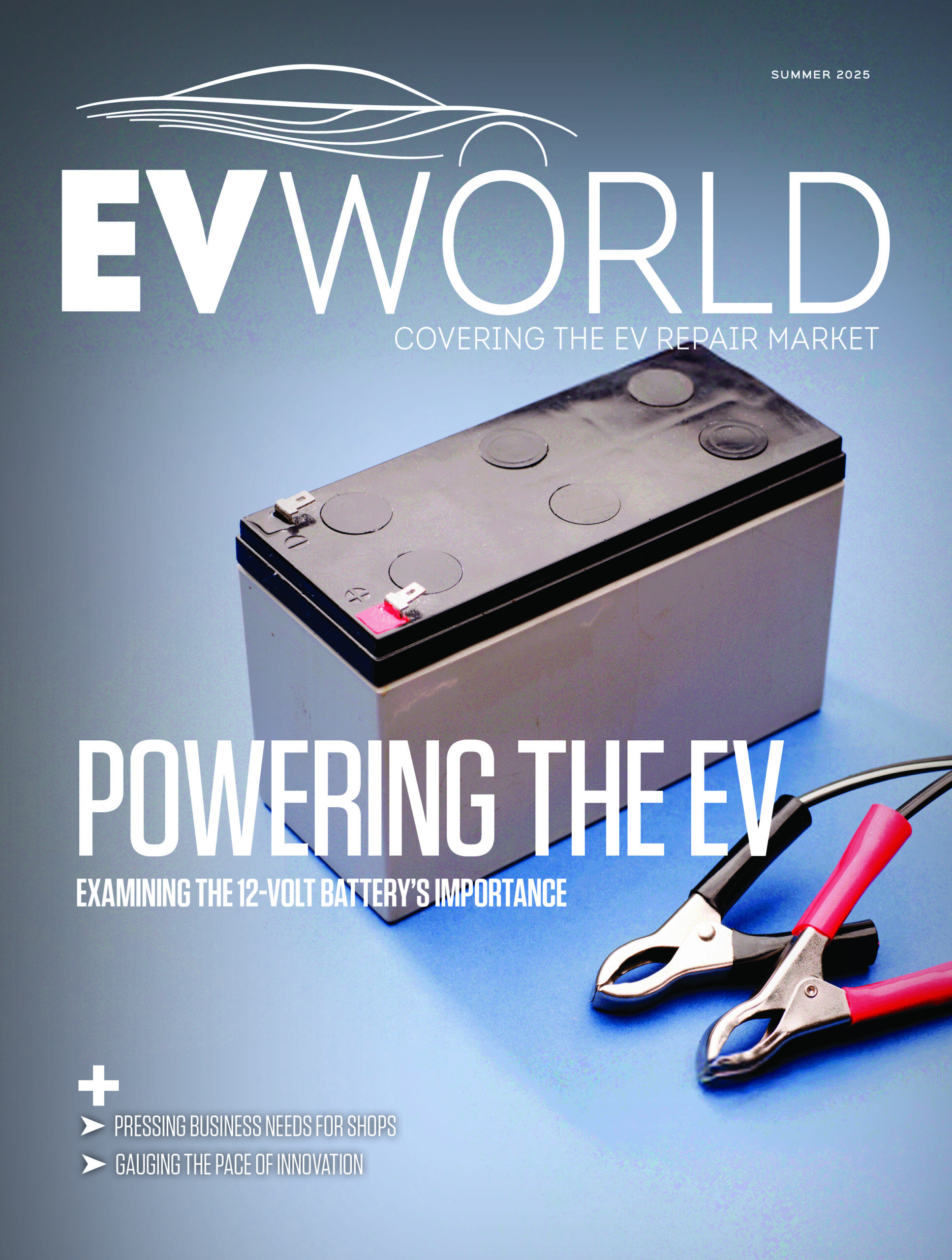

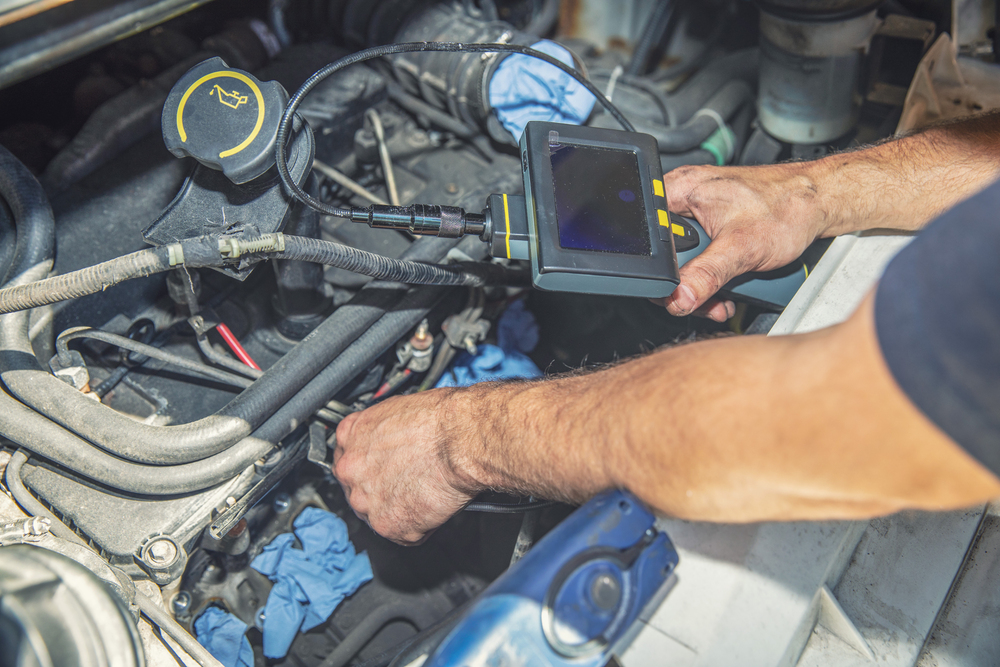

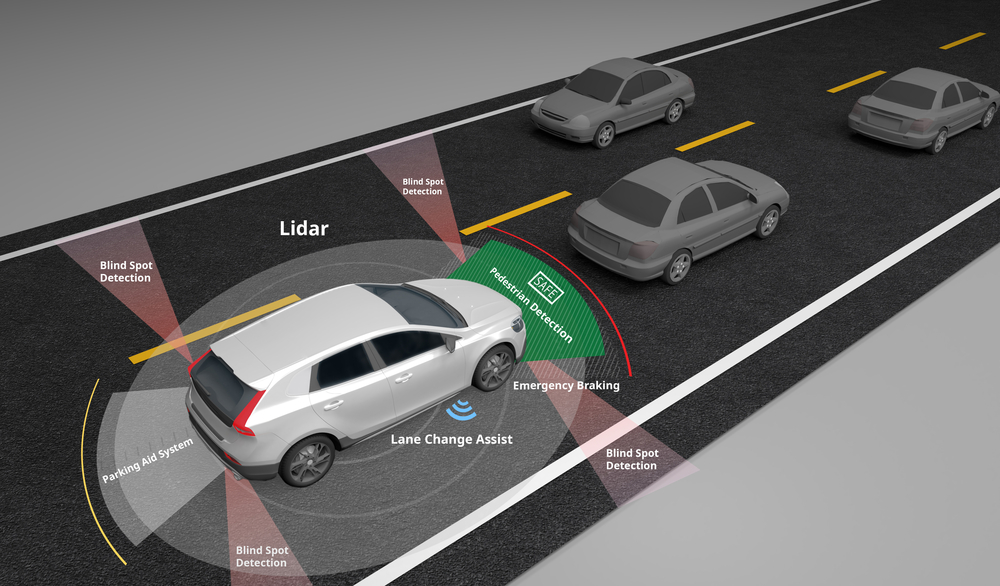




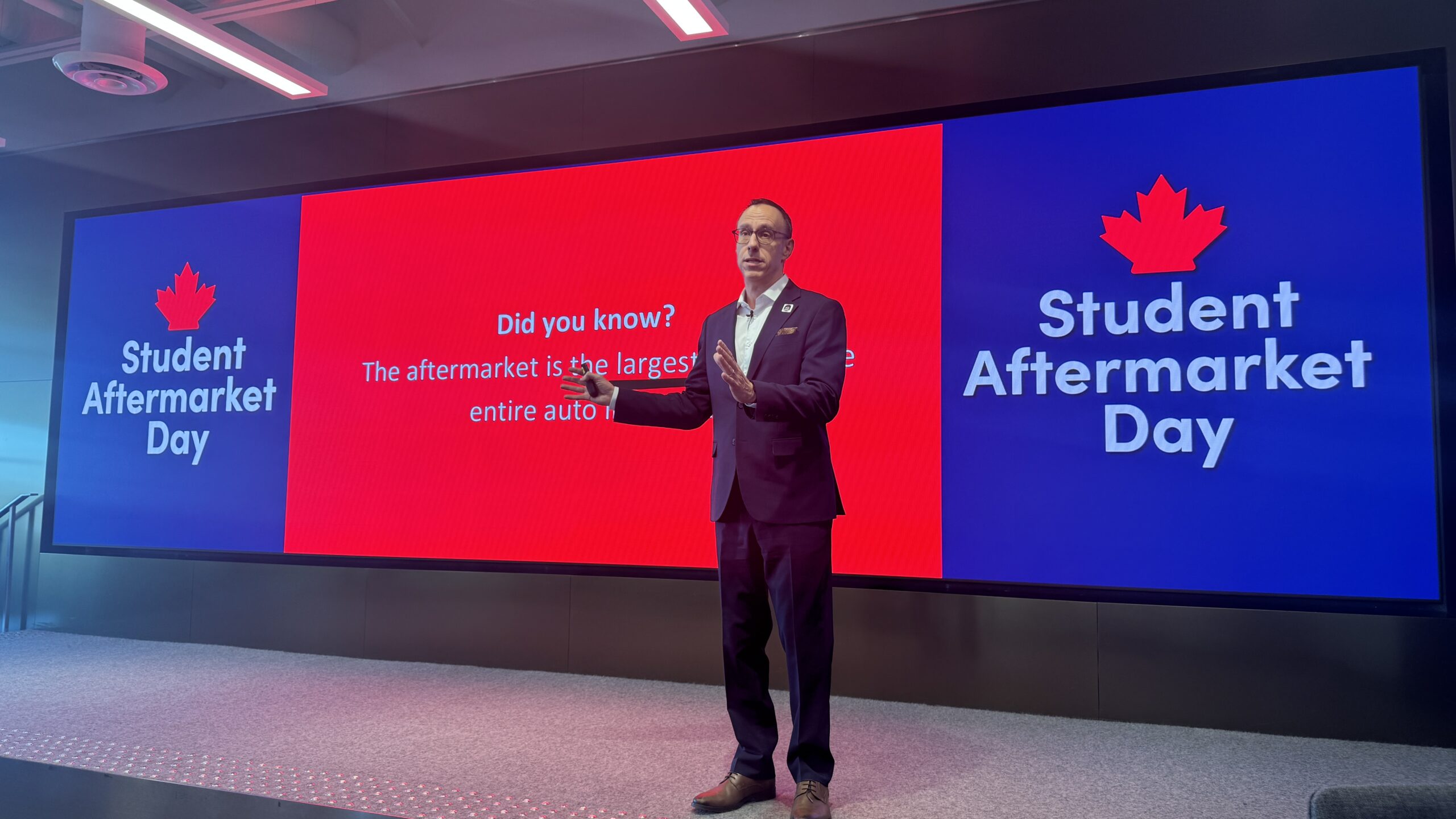
Leave a Reply